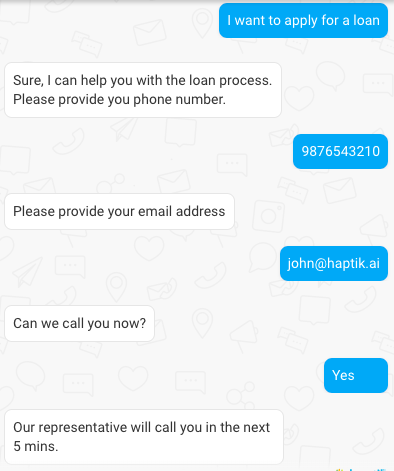What are the guidelines for Connections?
- Getting Started
- Bot Building
- Smart Agent Chat
- Conversation Design
-
Developer Guides
Code Step Integration Static Step Integration Shopify Integration SETU Integration Exotel Integration CIBIL integration Freshdesk KMS Integration PayU Integration Zendesk Guide Integration Twilio Integration Razorpay Integration LeadSquared Integration USU(Unymira) Integration Helo(VivaConnect) Integration Salesforce KMS Integration Stripe Integration PayPal Integration CleverTap Integration Fynd Integration HubSpot Integration Magento Integration WooCommerce Integration Microsoft Dynamics 365 Integration
- Deployment
- External Agent Tool Setup
- Analytics & Reporting
- Notifications
- Commerce Plus
- Troubleshooting Guides
- Release Notes
Table of Contents
When should you add a connection?When should you have incoming connections to a non-start step?When should you add a connection?
- If chat flow contains a conditional logic and you need to take action based on the user response or entity value
For example: When you would like the user to select the preferred language before continuing with the chat flow.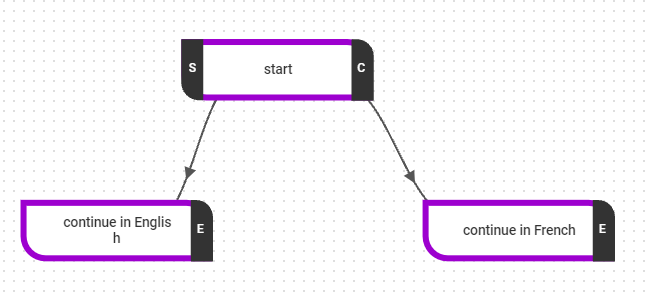
- If the chat contains a linear flow, but as we have a conditional logic for validation, split the logic into two steps and transition to child step is done using dependent response or entity based transition.
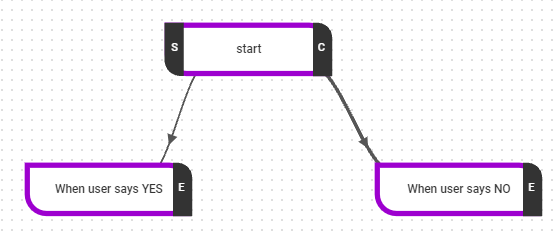
- Do not mark the Step as Context Clear Step if there is a connection to another Step on the basis of the entity. As marking a Step as Context Clear Step clears out all the entity values collected till the present Step, the connection won't proceed further because the IVA will lose the information at the Context Clear Step.
When should you have incoming connections to a non-start step?
Parent step connected to two child steps and entity value-based transition
When a user wants to apply for a loan. ‘Lead Generation steps’ should be able to understand the user's goal and guide the user through the loan application process and collect the phone_number, email, confirmation entities. Check with the user if the representative can call the user right away and save the user's response in the ‘confirmation’ entity. Use entity value-based transition to traverse to the child step.
-
User Message - User Message section should contain different patterns of user utterances. Consider ‘Lead Generation’ step-
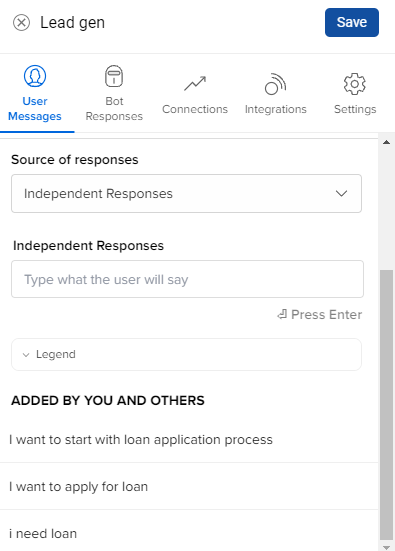
-
Bot Response - Add a message to confirm that the bot understood user’s goal and ask user to provide the phone number.
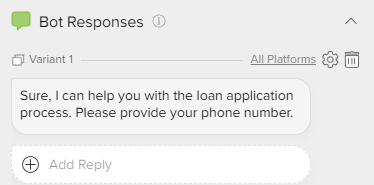
-
Entity - Create mandatory entities phone_number, email and confirmation entities. Add the default message for all these entities.
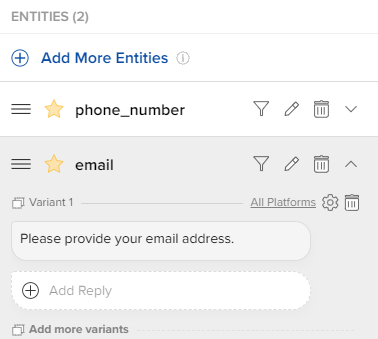
-
Final Response - Once the user selects one of the quick responses ‘Yes’ or ‘No’. Use that to traverse to the child step. User chat -
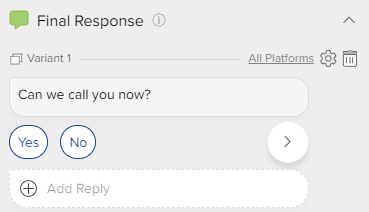
Make the confirmation entity non-mandatory and use the final response to get a confirmation from the user to transition to the child step.
